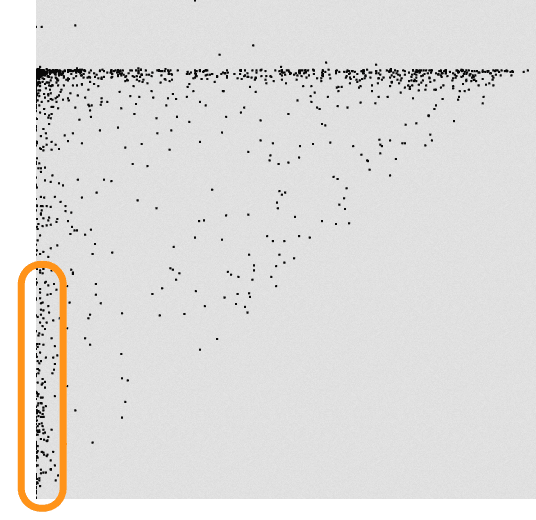The Afghanistan’s Election Commission (IEC) released a list of the 1,930 polling stations to be audited for potential fraud. The stations in the audit returned 599–600 votes in the presidential runoff, 100% ballot submission since each polling station only has 600 ballots. The challenge for the IEC is to determine which ballot boxes represent legitimate high turnout and which demonstrate evidence of fraud.
The release of the audit list is a strong move by the IEC to demonstrate transparency during the audit process. We analyzed these polling stations to begin to determine the degree of possible fraud. We posted the raw data to github and encourage you to undertake your own analysis.
Where are the audit polling stations
The 1930 polling stations currently under investigation represent 1,157,470 votes for around 15% of total turnout. The locations of audited polling stations currently largely track to areas with high levels of ballot box stuffing in the 2009 Presidential Election. The audit list also covers most of the polling stations in Paktya where we saw evidence of fraudulent results in the first round of presidential election.

*Locations of polling centers under IEC audit*
Using April 5 results to identify deviation
Another way to analyze the audit polling stations is to examine how these stations performed during the first round of elections on April 5th. Of the 1,930 polling stations currently being audited, 1,372 returned results in the first round of elections. The remaining 558 either returned no votes or the results were rejected by the election commission.
Looking at these 1,372 polling stations whose votes were counted in the first round; these polling stations contributed 661,168 total votes in the April 5 election. For the June 14 election, these same polling stations contributed 822,790 votes, an increase of 161,622 votes (24.4%) or an additional 118 votes per polling station. In April these 1,372 polling stations returned 219,652 votes (33.2%) for Abdullah and 235,494 votes (35.6%) for Ashraf Ghani. The polling stations under question previously supported Ghani slightly more than average. Nationally Abdullah received 45% of the vote to Ghani’s 31%.
Some polling stations in this group legitimately had 600 voters in both elections. We looked for potential fraud by isolating the polling stations that saw a substantial increase in votes between April 5 and June 14. Of the 1,372 polling stations retuning results in both elections, 829 also returned 599 or more votes in both elections. 422 polling stations saw a jump of of 100 votes or more. One polling center at Molla Joma Gul Mosque in Sar Rawza, Paktika reported a total of 31 votes between both polling stations during April 5 elections. Just one of these polling station returned 600 votes in June 14 elections.
Results fingerprinting
Let’s look deeper at how audit polling stations performed during April 5 elections.
This scatterplot shows the total turnout (y-axis) of the 1372 polling station against the number of votes for Abdullah (x-axis) at those stations:

Across the top are all of the polling stations that reported around 600 in April, and whose results were accepted. Abdullah’s performance at these stations was evenly distributed. He did poorly at some and well at others.

In the more concerning polling stations with significantly more votes, no notable pattern emerges. Abdullah preformed relatively poorly in polling stations with a significant jump in results.

This scatterplot shows the total turnout (y-axis) of the 1,372 polling stations against the number of votes for Ghani (x-axis):

Again we see a large number of polling stations that reported 600 votes in April. Again there is a relatively even distribution. Ghani performs well in some, poorly in others.

However, a look at the concerning polling stations that saw a significant jump between rounds shows that most of these polling stations voted almost entirely for Ghani in April.

Remember these are all polling stations that reported 599–600 ballots in the most recent round of elections. Many of these stations reported fewer than 100 votes in the previous round. The Ghani campaing asserts that they did a better job of campaigning and getting out the vote through local religious leaders. Independent analysts suggest that there was a surge in voter turnout in Paktia, Khost, and Paktika. Still, it is remarkable that so many small Ghani-leaning polling stations increased their turnout full capacity.
Polling stations with less than 100 votes in April and 600 votes in June are largely in Khost, Paktika, and Wardak.

This analysis is possible because the IEC is opening data about the process. We look forward to seeing other analysis of this data. We will complete an extensive audit once the full results are published.
What we're doing.
Latest
